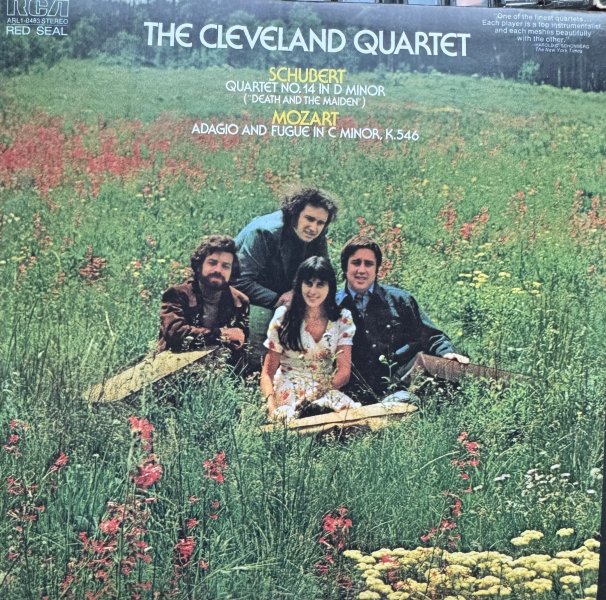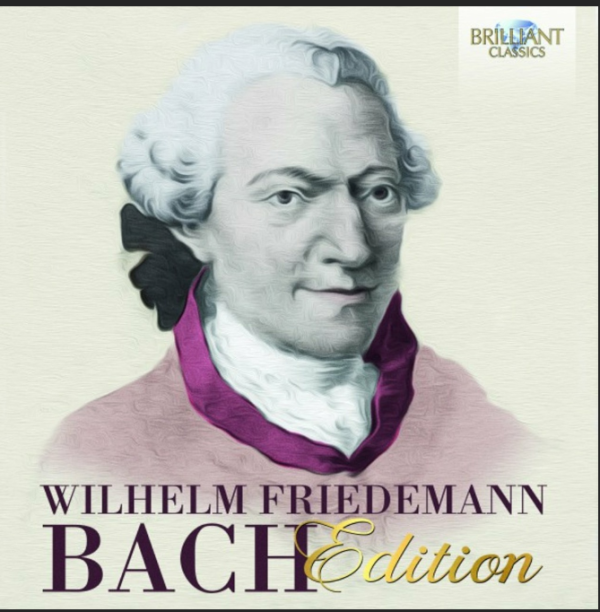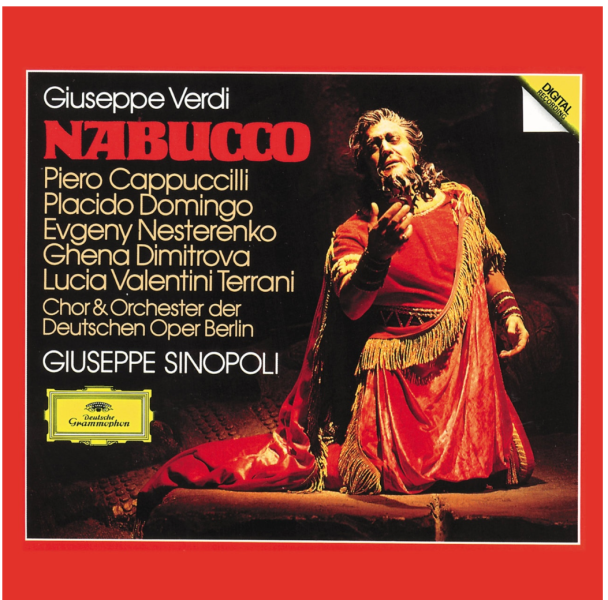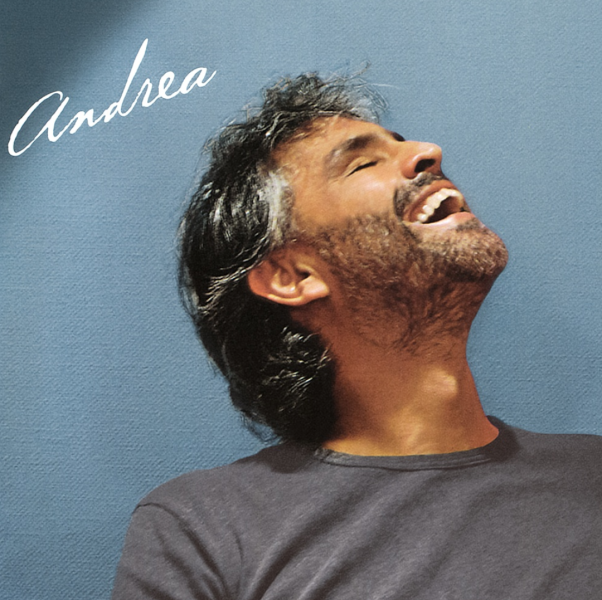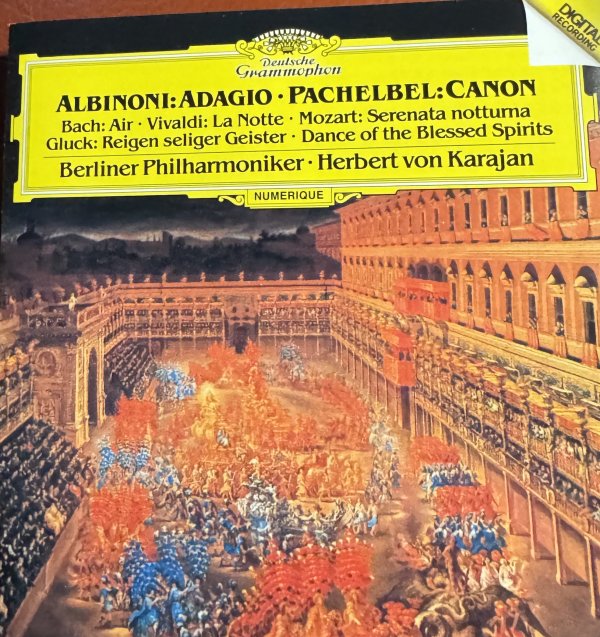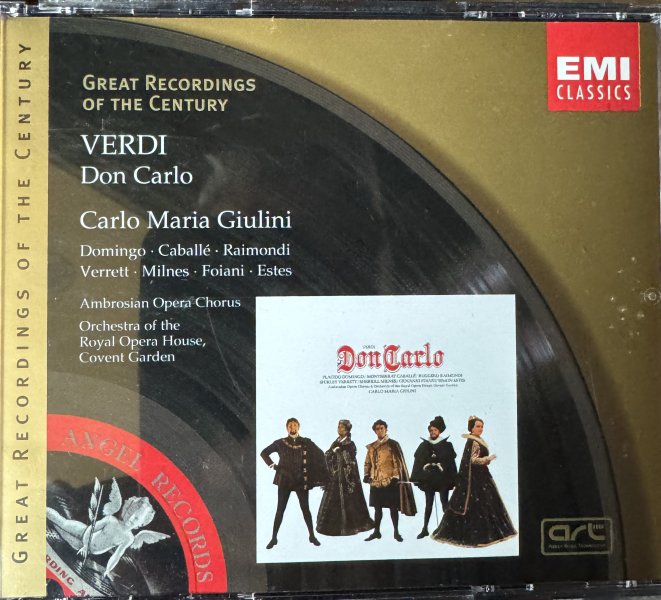We are listening to the “Mystery Sonatas”, by Heinrich Ignaz Franz Biber von Bibern, a German composer who lived from 1644-1704, a generation before J.S. Bach. His Rosemary or Mystery Sonatas for violin is a legendary composition, one of the earliest compositions that set new standards for violin playing. It uses extensively the technique of “scordatura”, whereby the traditional tuning of the violin in fifths is changed from one piece to another in combinations of fourths, fifths, thirds and octaves. The sonatas are grouped into “Joyful Mysteries”, “Sorrowful Mysteries” and “Glorious Mysteries”. I picked up this double album CD by Lyrichord at the Carmel Sunset Theater at the Bach Festival.
The recording was made in New York in 2010 at St. Peter’s Church in Chelsea. The violinist is Leah Gale Nelson who specializes in 17th and 18th century historical performances. She plays a violin made in 1737 by Sebastian Klotz in Mittelwald, Germany. She’s accompanied by Daniel Swenberg who plays a theorbo, a type of stringed instrument plucked like a guitar. Dongsok Shin also accompanies on the organ. The recording is nicely balanced with plenty of natural ambience.
On the big SL’s, the violin sounds not in the least bright or harsh, but no one would mistake it for a modern violin or indeed a lush Stradivarius. It’s remarkable how this composition by Biber from the 1670s was only discovered late in the 19th century in a museum in Munich. Biber rose to become Kapellmeister at Salzburg Cathedral in 1684, a whole generation before Mozart or his father. He was knighted by Austrian emperor Leopold I in 1690 for his services to music.

The recording was made in New York in 2010 at St. Peter’s Church in Chelsea. The violinist is Leah Gale Nelson who specializes in 17th and 18th century historical performances. She plays a violin made in 1737 by Sebastian Klotz in Mittelwald, Germany. She’s accompanied by Daniel Swenberg who plays a theorbo, a type of stringed instrument plucked like a guitar. Dongsok Shin also accompanies on the organ. The recording is nicely balanced with plenty of natural ambience.
On the big SL’s, the violin sounds not in the least bright or harsh, but no one would mistake it for a modern violin or indeed a lush Stradivarius. It’s remarkable how this composition by Biber from the 1670s was only discovered late in the 19th century in a museum in Munich. Biber rose to become Kapellmeister at Salzburg Cathedral in 1684, a whole generation before Mozart or his father. He was knighted by Austrian emperor Leopold I in 1690 for his services to music.






















